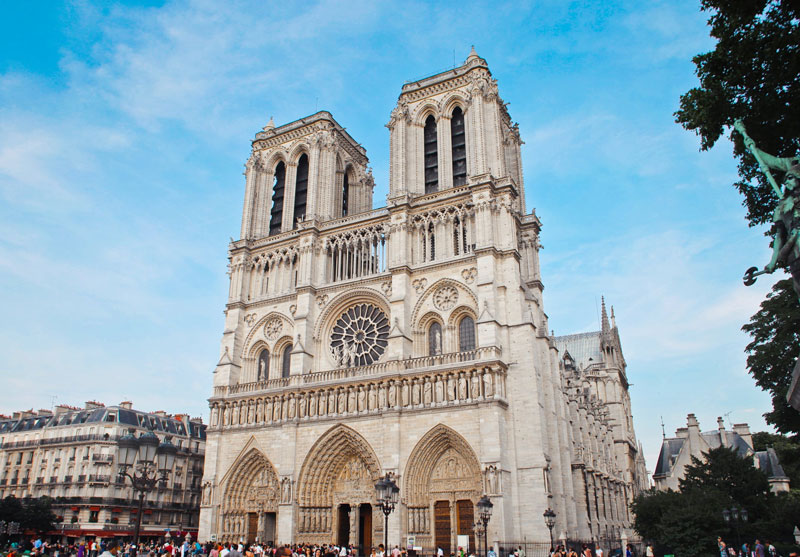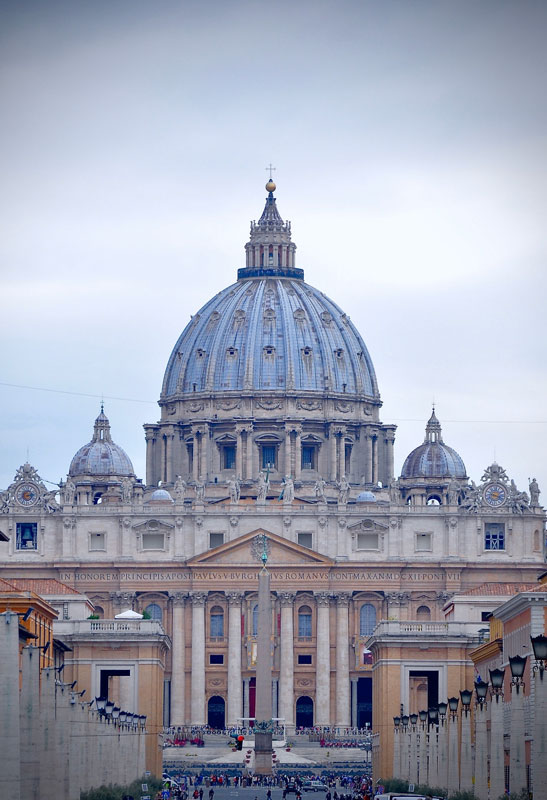
Think about this: Except for the past 100 to 150 years, throughout history, throughout the world and in any language, if you asked someone to describe the professional who is tasked with the creation of a building, you would consistently be met with words that mean “head builder.” This nomenclature doesn’t allow for any differentiation at all between the person who designs the building and the person who executes its construction.
This makes sense if one views the design as a means to an end, an intrinsic and inherent component of the endeavor of making a building—sort of like needing a recipe to cook a specific dish. There is not a separate word to describe a chef who only writes recipes and does not cook. It goes without saying that the person or entity who designs the building should also be the one who actually builds it. In fact, no words existed in any language on Earth to describe a separate person who designed a building and a different one who built it—that is, until the word “architect” was altered from its original meaning.
Time For A History Lesson On The Word Architect
The root of the word architect breaks down into “chief” or “master” (arkhi) and “builder” (tekton). Archi and tekton come from the ancient Greek language, which originated as far back as 3,000 BC.
Architectus carried the same meaning in ancient Roman times, as is evidenced by the oldest surviving writings of the profession authored by Vitruvius from around 25 BC. In the Middle Ages, the word largely fell out of use and was replaced with others such as “master mason.”
The word architect was re-discovered along with Vitruvius’s texts in 1415 in Italy. This re-discovery helped forward the Renaissance and a craze for all things from Ancient Rome, including its style of buildings. This Ancient Roman style was a stark contrast from the Gothic buildings in vogue and what builders of the time were familiar with designing and building.


Note the contrast in style between these gothic and renaissance buildings
But Vitruvius wrote in Latin, which only the most highly educated and scholarly people in Italy could read at the time. This presented a problem to people with power and money who wanted buildings done in this new style, but whose builders could not read about it.
One solution initially came in the form of scholars who read Vitruvius’s teachings and directed master builders on it. Since these scholars became the authority in the building style coming into fashion at the same time the word architect returned into use, it started the connotation that linked the word to design.
As Italian master builders became trained in the Ancient Roman style, they began concurrently changing their title to “architetto.” They were soon sought after by people of influence who craved the new style, which was now in full bloom in other parts of Europe.
The upper crust in France, and then England, imported these master builders—with a new name—to create the style and teach it to their builders. While the word architetto did not bring a new role or function for the builder, the new style associated with it suggests a distinct role in design—but never solely as a designer.
That would have been unthinkable.
As such, despite designing several world famous buildings, the renaissance genius Michelangelo never considered himself an architect. He was aware his artistic designs were only part of the full scope of an architect of the time, whose definition naturally included being fully responsible for the execution of their designs.
The first known use of the word architect by the English-speaking world came in 1563, and the evidence of its master-builder root is plainly seen in A Dictionary of the English Language by Samuel Johnson from 1755:
- Architect – A contriver of a building; a builder.
- Builder – He that builds; an architect.
Similar definitions that used the same words to define the term existed throughout the 1800s. Not until a 1913 Webster Dictionary was I able to find a distinct separation between the architect and builder:
- Architect: A person skilled in the art of building; one who understands architecture, or makes it his occupation to form plans and designs of buildings, and to superintend the artificers employed.
- Builder: One who builds; one whose occupation is to build, as a carpenter, or a mason. In the practice of civil architecture, the builder comes between the architect who designs the work and the artisans who execute it.
Fast forward to the 2019 Collins Cobuild Online Dictionary and you see a complete disconnection between the two:
- An architect is a person who designs buildings.
- A builder is a person whose job is to build or repair houses and other buildings.
The main point here is that despite how it has been made to appear, the role of the architect as solely a designer is very new in relation to the great majority of civilized history.
No matter the title, as in any endeavor, there needs to be someone or some entity in charge, assuming full responsibility. The separation between designer and builder was not a natural progression, but a split is done by force – laws and authoritative education – that have tried to alter the past to make it appear the split was always there.
It was not always there, and now you know. Please spread the word!
The DesignBuilder is filling the void left and bringing back the innate and natural method where the architect and builder are one again.
Better buildings, here we come!

Comments are closed here.